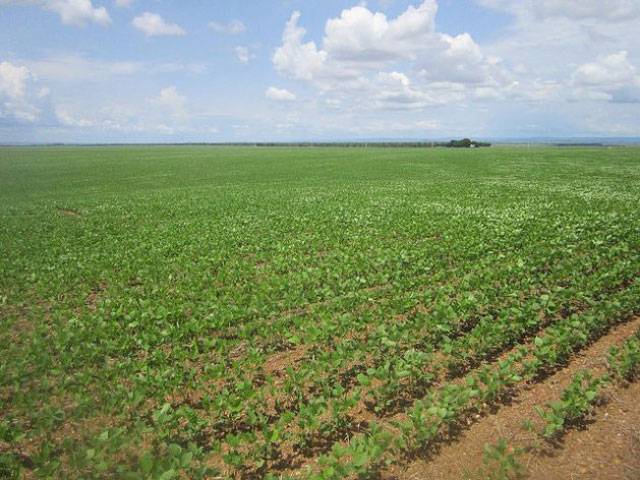ISLAMABAD - The irrigation system has worsened as Mangla Dam Thursday reached to its dead level prompting Indus River System Authority (IRSA) to equalise water inflow and outflow from the reservoir.
The water supply to Punjab has reduced from Mangla Dam and to meet the demand of Punjab from Indus River, Irsa members with the 3:1 has allowed the opening of Chasma Jhelum Link canal.
“Today after detailed discussions and looking to the Mangla Dam position Irsa has decided to open Chashma-Jhelum Link Canal with immediate effect with a discharge of 4000 cusecs to save Trimmu-Sidhnai Barrages” said spokesperson Irsa, Khalid Rana in an interaction with media.
The decision in this regard was taken in an emergency meeting of Irsa held here with Zaman Khan in the chair. The meeting was attended by members of Sindh, Punjab and KP and Irsa chairman who is also Member Balochistan.
The spokesman said that the decision was taken by 3:1 majority as Member Sindh strongly objected on decision.
Earlier it was predicted that major reservoirs Tarbela and Mangla are likely to reach their dead level by the end of current moth.
“Mangla reservoir has approached to dead level 1050 feet in order to maintain the level at 1050 feet or dead level, as per instruction received from Chief Engineer (operation) Irsa. Therefore inflows and out flows has been equalised from the Mangla.
Due to reaching of Mangla Dam to dead level the water discharge from the reservoir has been dropped to normal river flows of 35000 cusecs instead of early 18000 cusecs.
Interestingly according the figures released by Wapda and Irsa early Thursday morning, Mangla was still six feet above than its dead level but during the day it dropped to dead level.
Meanwhile an official source told The Nation that the total water flow in Chanab, Jhelum zone is 9000 cusecs. Currently there is 70 percent water shortage in Jhelum-Channab zone. The shortage was going to affect crops on 1.3 million acre of land, the source said.
The source said that the water flow in Chenab and Jhelum is its historic low this year.
When asked about the abrupt going down of Mangla to dead level, the source said that it was due to rating table which has not provided the accurate reading of the water storage at Mangla.” Now we have downward revised the water level in Tarbela and reduced it by 175000 Acre feet,” the source added.
In November, the Irsa upward revised the water shortage and anticipated that provinces would face 36 percent shortage during Rabi season instead of the early forecast of 20 percent.
The official said that the provinces are still getting water as per Irsa's forecast of 36 percent shortage. So far Punjab has received water with 30percent cut on its share, Sindh faced 31 percent water shortage and Balochistan 15percent, the official said.
Currently Punjab is getting 39000 cusecs water, Sindh 37000 cusec while Baluchistan is getting 4000 Cusecs of water, the source said.
Regarding the effect of the water reduction, the source said that water supply to Sindh was also reduced. “Sindh was getting 37000 cusecs, against its share of 25000 cusecs, which has been reduced to 32000 cusecs and will be reduced to 20000 cusecs during next week” the source added. However the source said that the effect of reduced water supply to Sindh will be felt after 10 to 15 days and by that time the wheat crop in Sindh will not require water.
After dam reaching to its dead level the provinces will be provided with water supply on daily basis from the normal flow of the river.
As per the position of the river inflows and outflows at Tarbela, Mangla and Chashma along with the reservoirs levels and the barrages as released by Irsa, Thursday morning, are as follows; inflow in Indus at Tarbela were 10200 cusecs and outflows 40000 cusecs, inflows in Kabul at Nowshera were 10600 cusecs and outflows 10600 cusecs, inflows in Jhelum at Mangla were 3500 cusecs and outflows 18000 cusecs, While inflow in Chenab at Marala were 5900 cusecs while outflows were 2000 cusecs.
Against the minimum operating level of 1380 feet Tarbela present level is 1406.30 feet.
The maximum conservation level of the reservoir is 1550 feet. Similarly in Manglla against the minimum operating level of 1040 feet the present level 1056.40 feet.
The maximum conservation level of Mangla is 1242 feet. Chashma reservoir against the minimum operating level of 637 feet the present level was 640.10 feet.
The maximum conservation level of Chashma is 649 feet.






